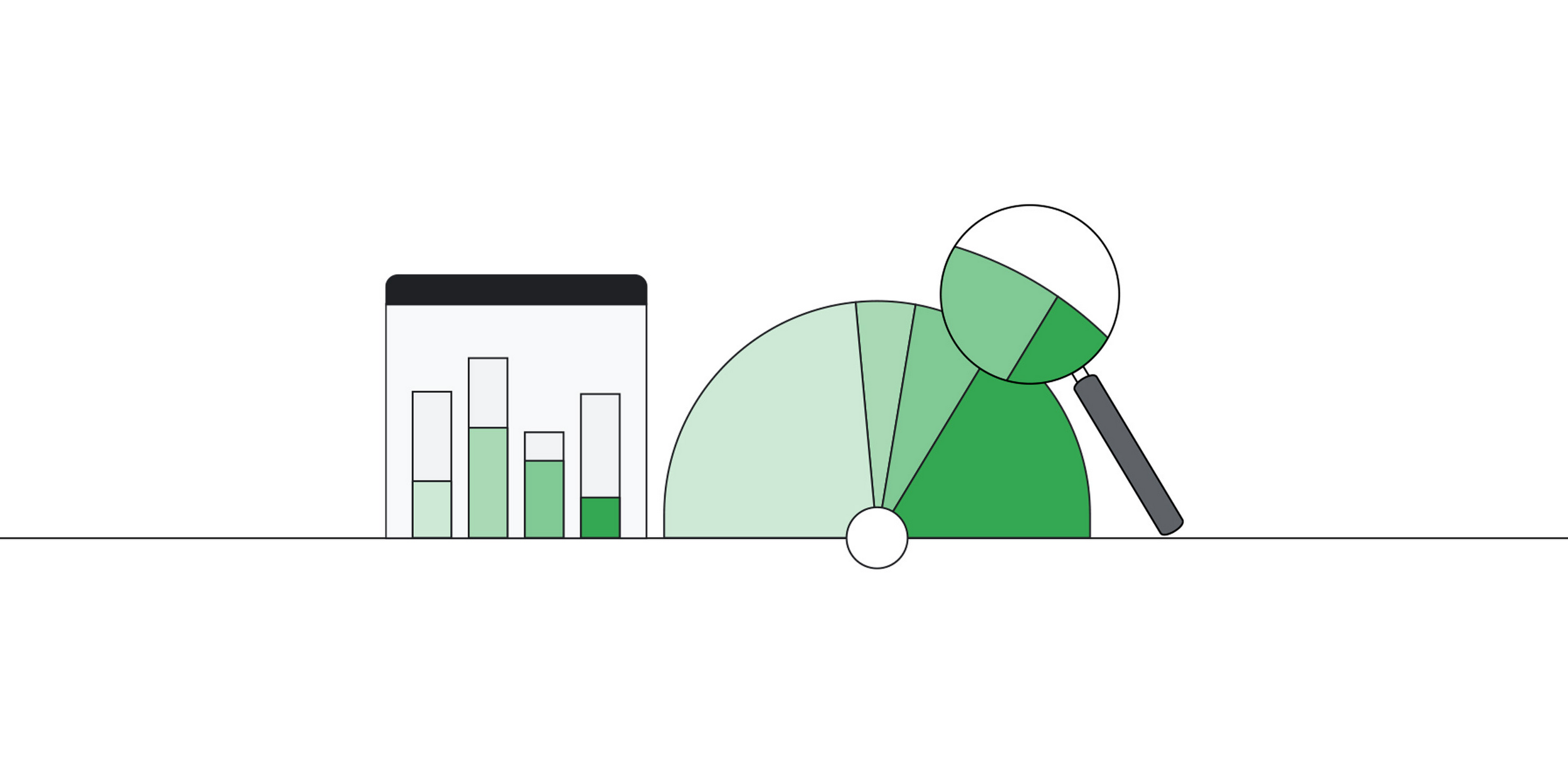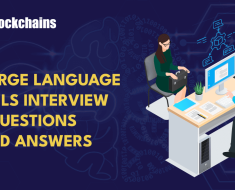
As digital transformation accelerates, organizations are generating vast amounts of text and other document data, all of which holds immense potential for insights and powering novel generative AI use cases. To help harness this data, we’re excited to announce an integration between BigQuery and Document AI, letting you easily extract insights from document data and build new large language model (LLM) applications.
BigQuery customers can now create Document AI Custom Extractors, powered by Google’s cutting-edge foundation models, which they can customize based on their own documents and metadata. These customized models can then be invoked from BigQuery to extract structured data from documents in a secure, governed manner, using the simplicity and power of SQL.
Prior to this integration, some customers tried to construct independent Document AI pipelines, which involved manually curating extraction logic and schema. The lack of native integration capabilities left them to develop bespoke infrastructure to synchronize and maintain data consistency. This turned each document analytics project into a substantial undertaking that required significant investment. Now, with this integration, customers can easily create remote models in BigQuery for their custom extractors in Document AI, and use them to perform document analytics and generative AI at scale, unlocking a new era of data-driven insights and innovation.
A unified, governed data to AI experience
You can build a custom extractor in the Document AI Workbench with three steps:
- Define the data you need to extract from your documents. This is called document schema, stored with each version of the custom extractor, accessible from BigQuery.
- Optionally, provide extra documents with annotations as samples of the extraction.
- Train the model for the custom extractor, based on the foundation models provided in Document AI.
In addition to custom extractors that require manual training, Document AI also provides ready-to-use extractors for expenses, receipts, invoices, tax forms, government ids, and a multitude of other scenarios, in the processor gallery. You may use them directly without performing the above steps.
Then, once you have the custom extractor ready, you can move to BigQuery Studio to analyze the documents using SQL in the following four steps:
- Register a BigQuery remote model for the extractor using SQL. The model can understand the document schema (created above), invoke the custom extractor, and parse the results.
- Create object tables using SQL for the documents stored in Cloud Storage. You can govern the unstructured data in the tables by setting row-level access policies, which limits users’ access to certain documents and thus restricts the AI power for privacy and security.
- Use the function ML.PROCESS_DOCUMENT on the object table to extract relevant fields by making inference calls to the API endpoint. You can also filter out the documents for the extractions with a “WHERE” clause outside of the function. The function returns a structured table, with each column being an extracted field.
- Join the extracted data with other BigQuery tables to combine structured and unstructured data, producing business values.
The following example illustrates the user experience:




